Walking: The Cyprus Experience
(Seminar)
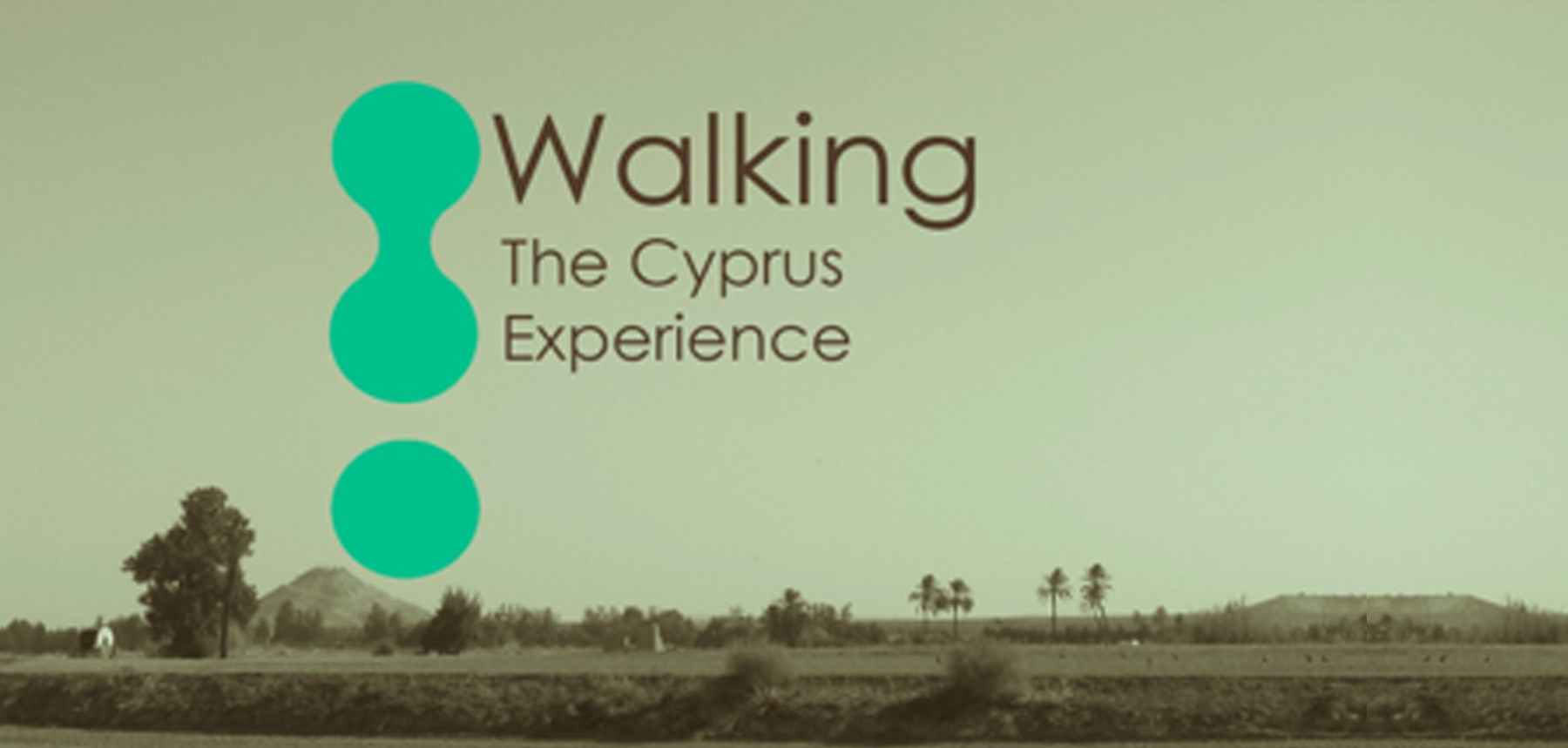
Organized by Cut Contemporary Fine Arts Lab (Klitsa Antoniou and Gabriel Koureas)
An International Hub in the frame of the International Walking
Encounters/Conference/Walking as a Question, organized by Visual March to Prespa, Fine and Applied Arts of the School of Fine Arts of the University of Western Macedonia (EETF/UOWM), and by Made of Walking (VI).
Sunday July 4th to Sunday July 11th, 2021, Prespa, Greece
Seminar Coordinator: Dr Gabriel Koureas
Theoretical and Conceptual Underpinnings of the Hub
Around the border that divides Nicosia (Cyprus), space is kept unkempt, ruins of war are un-repaired, wrecked buildings are left intact, garbage sits uncollected, as though purposively marking and re- marking memory. During a walk through the border space of the city, the anthropologist Yael Navaro-Yashin (2003) gives us a list of what she encountered: broken glass, rusted iron rods, a burnt pine tree, spilled garbage, an old oven stuffed with newspapers, a tree growing in what used to be a kitchen, a roof that has collapsed into a house, the skeleton of a bed on the street, a mattress turned inside out and chewed up by the cats, a half-dangling balcony, clothes hung on electric wires, shrapnel holes in walls, windows filled with sacks of sand to make shooting points, wires marking off a military zone, white barrels lined up as barricades, a sign marking ‘the border’, and poles carrying the flags of Turkey, Greece, the Cyprus Republic and the Turkish Republic of North Cyprus. Items of ruin, rubbish and the abject are intricately related to items of militarism, internationalism and politics. They form what Navaro-Yashin calls a ‘polito-graphy’ (108).
How can divided Cyprus, scarred by wars and ethnic conflicts that have left open wounds in the fabric of the country, try to heal itself and incorporate its traumatic memories within its spatial organization? Is such an incorporation possible? In order to investigate these questions, we propose to examine its ‘polito-graphy’ through the visual, sensorial and affectual language of walking through Cyprus, concentrating on issues of space, borders (both physical and psychic), memory and trauma. What we hope to demonstrate is that walking as artistic/performative practice in Cyprus is embedded in its spatial particularities. Encounters with Cypriot ‘polito-graphy’ produce a real time somatic experience no longer framed as representation. In experiencing both walking and the signs of division we are unable to rely solely on vision, as they call for our hearing, smell and tactility in comprehending spatially and artistically the impact of war and conflict. It is only by understanding the sensorial impact of trauma that we can begin to comprehend the political and social conditions Cyprus and its artistic production.
For Michel de Certau (1984) there are two possibilities in relation to viewing the city: firstly, the arrangement of things into an image to be surveyed by distanced subjects, like in mapping; and secondly, inhabiting the city or creating ground-level practices or tactics of everyday life. We want to take de Certau’s argument a step further in order to argue that the ‘ground-level’ practices need also to incorporate an affectual, embodied interaction with the space that will depart from the strict confines of the visual. As Juhani Pallasmaa (2005) writes, ‘I confront the city with my body; my legs measure the length of the arcade and the width of the square; my gaze unconsciously projects my body onto the facade of the cathedral, where it roams over the moldings and contours, sensing the size of recesses and projections’ (40).
In order to examine the ways in which these discourses permeate the fabric of Cyprus we will attempt through walking experiences an embodied encounter of the space of the island of Cyprus; as Pallasmaa puts it I want to ‘experience myself in the city’, I want the city to exist ‘through my embodied experience’ since ‘the city and my body supplement and define each other’(40).
Objectives of the Hub
Our panel of speakers and roundtable discussion will actively engage with walking/performative experiences in Cyprus in order to highlight and intervene in the political, personal and social conditions in Cyprus thus highlighting the importance of walking as an aesthetic experience in relation to borders, crossings, checkpoints. We aim to expand and relate the particularities of the Cypriot condition to other spaces, movements of population, forced migrations and walking experiences.
Format of the Hub
Five 20-minute presentations with audiovisual material
Roundtable Discussion – 30 minutes
Panel Abstracts and Short Biographies
Dr. Klitsa Antoniou
Performing Embodied Crossings
Klitsa Antoniou’s artworks, 2001/51/EC-Embodied Crossings-Now Boarding, (α collaborative and social participatory action, 2015-today) and The Long Walk (site-Specific Installation at Prespes Walking Encounters, 2021), address questions of performative artistic walking practices at contested boundaries and borders: How effectively can such actions problematise and challenge artificially imposed and constructed barriers? These limitations involve not only overcoming geographical, institutional and legal boundaries within contested political contexts but also of forcefully imposed intimidating physical spaces such as checkpoints, erected walls, barbed wired borders, fortifications and prisons. How does the physicality of these objects and the resulting restrictions in movement and walking practices they impose can be challenged by the performativity of walking artistic practices?
Both projects attempt to respond to these questions by transforming artificially imposed barriers into points of performative and irrational confrontation thus highlighting issues of freedom, subjectivities, trafficking and surveillance. For the 2001/51/EC - Embodied Crossings - Now Boarding, the artist and the Museum of Forgetting in Sweden, launched an open call through social media, inviting passengers flying from Cyprus to Sweden to “smuggle” a fish trap filled with refugees’ clothes (formed a suspended layer in the container). The traps were easily brought as carry-on luggage while passengers walked through the airports’ spaces, going through check-points, and finally taking their flight -- a flight accompanied with the container in order to deliver it to the Museum of Forgetting in Sweden. For the The Long Walk at “Prespes Walking Encounters’’ 2021, three exact copies of the yellow ‘’Caution’’ signs ( The Yellow Immigration Sign was a U.S. highway safety sign warning motorists to avoid colliding with illegal immigrants darting across the road) were placed at various points by the main roads near the borders at Prespes. Uprooted from their original political context and deliberately planted in a space where on the one hand walking performances are being enacted/performed as part of the ‘’Walking Question Event’’ and on the other hand immigrants from neighboring countries might be carrying out walks to illegally cross the borders, the yellow signs are stripped bare of their intended seriousness and seem like irrational objects on the verge of absurdity but at the same time raising fundamental questions and awareness with regard to immigration and refugees, the dangers and prosecutions they face during the otherwise inconspicuous, routine act of daily walking. However, both works demonstrate the fundamental association of the act of walking with the hope of a better life.
Keywords: borders, crossings, immigration, refugees
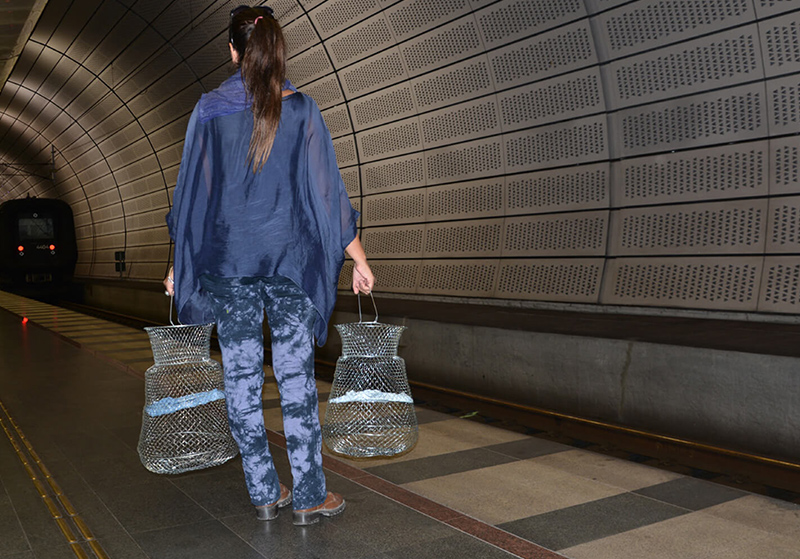
Dr. Klitsa Antoniou is a multidisciplinary artist educated at Wimbledon School of Art and St. Martin’s School of Art and Design, London (B.F.A.), Pratt Institute (M.F.A.), New York University, USA (D.A. Program), and Cyprus University of Technology (PhD). Her work contains a recurrent range of issues, such as memory, the process of recollection and the awareness of an ever-returning practice of allowing the present to formulate and re-address the past.
As an artist, she has exhibited in major museums and art galleries worldwide. She has been an artist-in-residence in many countries and participated in numerous workshops and seminars. In 2019 she represented Malta at Venice Biennale with the work Atlantropa-X. She has won numerous awards. She is a Professor of Fine Arts at Cyprus University of Technology.
www.klitsa-antoniou.com
Dr. Haris Pellapaissiotis
Spaces of Enchantment: Walking-in-two, storytelling and the imagination
Spaces of Enchantment, is one of several videos which emerged from a larger project developed by Haris Pellapaisiotis, entitled Walking Narratives, where the artist invites someone to lead him on a walk anywhere in Nicosia that has some resonance for them. Spaces of Enchantment is a 10min video that tells a story, where the story itself is a kind of wandering that is continually “story producing” (Wood 2019:52). The video is the outcome of the imagination and is indicative of a processual way of working, where knowledge -that is already attached to things, objects and spaces- is suspended in preference to the artist’s own sense of presence; where to be present is to be touched by things in the world, physical or not, human and non-human. The story that is told is not constituted by a single narrative that explains itself but is composed of interconnected fragments that cross freely different temporalities, moving from historical time to the present, from physical to mental spaces. Two independent walks, that were undertaken by the author stimulate this video story; the first is with Cypriot bookshop owner Ruth Keshishian, the other with the archaeological artist and weaver Diana Wood Conroy. There is no attempt to document or give an account of these perambulations across Nicosia; rather, the anecdotal narratives which emerged by walking in someone else’s footsteps, with them and beside them, merge with the artist’s own mental and physical wanderings to form successive stages of transformation, as walking-in-two leads to the exploration of particular sites. In that process historical elements interconnect with experiences and the imagination to form new narrative possibilities that may offer illuminations of our apprehension of the city as a living archival body in the now. After all, why else practice walking as an artistic method of working, if it is not to be rooted in the radical empiricist activity of getting lost, where the walker’s encounter with the familiar and the unfamiliar is constantly being reevaluated?
Keywords: walking narratives, temporality, imagination, city, Nicosia
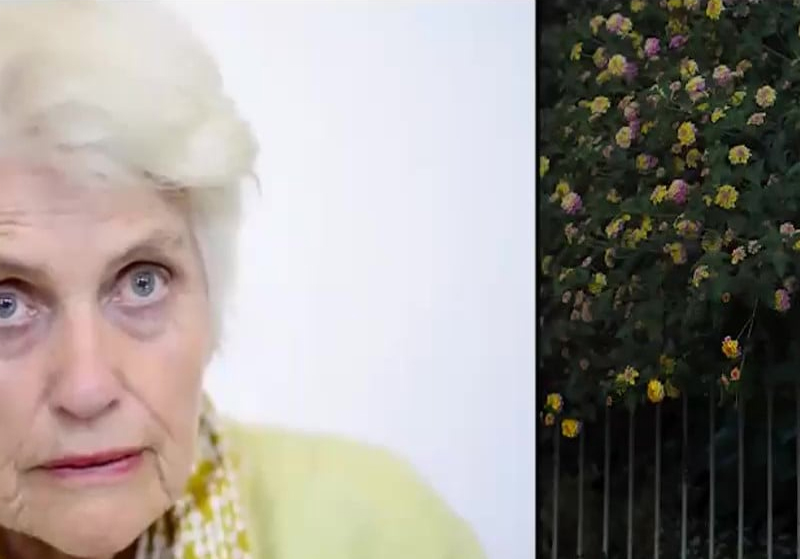
Dr. Haris Pelapaissiotis is an artist working primarily with photography, video, text and sound. He is Assistant Professor in the Visual Arts Programme in the Department of Graphic Communication and Multimedia at the University of Nicosia. He lectures on photography, visual art and cultural studies. Prior to his re-settlement in Cyprus in 2001 he lived in London, where he lectured on photography at Goldsmiths College, University of London. He holds a B.A. Hons. Degree in Fine Arts, a Post-Graduate Degree in Media and Communication (photography) and a PhD in Art. He is the founding director of the Artalk seminars (Nicosia), which he co-organised and presented in Nicosia between 2004-09. His work has been shown at various international venues including The Photographer’s Gallery, London, The Museum of London and Witte de With, Rotterdam. He is currently completing a major new collaborative art project entitled Walking Narratives and Affective Mappings, which is be made available as an online exhibition and publication in 2021.
Dr. Elena Parpa
Tracing the local: Sense of place and identity in the Cypriot landscape
Cypriot painter, Adamantios Diamantis, met Greek poet George Seferis during the latter’s visit to Cyprus in the fall of 1953. Their acquaintance was sealed into a friendship when the two embarked on an impromptu excursion in the outskirts of Nicosia to visit a number of villages in the vicinity of Ayios Sozomenos, which included Dali and Pera Chorio Nisou. Seferis brought along his photographic camera, and his tour was part of a series of trips he conducted to places of interest across Cyprus with different companions, including on occasion Diamantis. In a retrospective consideration of their outcome, the painter described their excursions in the Cypriot countryside as ‘anichneftikoi peripatoi’ (investigative walks). Not aimless meanderings or instinctual wanderings, these outings were apprehended by the painter as journeys of detection. This paper reflects on perceptions of place and cultural identity performed by both painter and poet over sites and landscapes at the same time that it examines how their artistic and poetic negotiations converse with those by artists following their own paths across the same or different locations in the present. As argued, working across a variety of media, these artists offer different perspectives on the folds within landscape, culture, and identity. Departing from previous conceptions of landscape as the topos of a grounded self, they approach it as the topos of interweaving temporalities, accretions, and references.
Keywords:Adamantios Diamantis, George Seferis, Ayios Sozomenos, wanderings, topos, landscape, ethnic identity
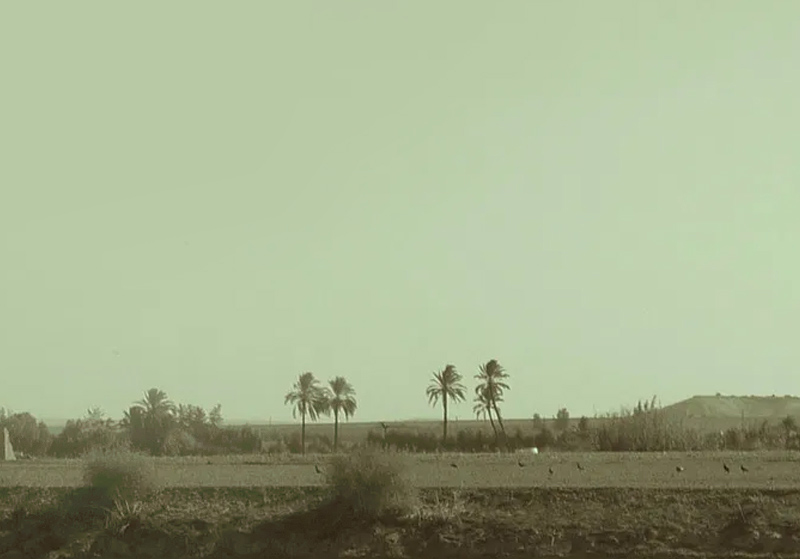
Dr. Elena Parpa writes, teaches, and curates alongside the discipline of history of art. Her principal area of enquiry concerns the visual culture and cultural politics of landscape and its crossover with ideas of place, belonging, memory and history in works by artists active in contested geographies. She has curated Planetes, an international exhibition that formed part of the inaugural program of Pafos2017, European Capital of Culture. Her essays have appeared in catalogues and edited volumes, including the “Daybook” of documenta 14 (2017) and the edited collections Contemporary Art in Cyprus: Politics, Identity and Culture Across Borders(Bloomsbury, 2021) and Marianna Christofides: Days in Between (Hatje Cantz, 2021). She wrote the second issue of Next Spring (Atlas Projectos, 2018), edited by Laura Preston.
Project Season Women Collective
Dr Magdalena Zira & Nedie Anastasiades
The feminist theatre company Project Season Women is developing a new work of verbatim theatre based on the recollections of the women who organized and participated in the Women Walk Home movement, a non-partisan movement of Greek Cypriot women, dedicated to non-violent action to demonstrate their rejection of the division of Cyprus. This movement organized 5 marches across the line of separation dividing Cyprus, during a volatile period when such actions were highly dangerous (in 1975, 1987 1988 and 1989 This was a unifying force in Cypriot history, reaching across the border with the intention to foster peace between women of the two communities of Cyprus, and inviting the participation of women from all over the world.
During the marches thousands of women broke through the line of separation on foot and walked through no man’s land, facing the UN peace keeping force as well as armed Turkish soldiers. The action of peacefully walking through the barrier which stops freedom of movement by all Cypriots was highly symbolic but also had a resounding effect on international awareness of the Cyprus problem.
Over the years the existence of the movement and its impact has been trivialized, distorted and almost erased from social consciousness. Through this play we aim to ask why. This paper will describe the process of creating this theatre piece, currently at the research stage, and the effect this process is having on the three younger women theatre makers who are involved in its creation.
The theme of memory is important not only in the collection of verbatim material from the participants, but also because it factors into an actor’s performance of any play. The theme of fear and fearlessness, as crucial ingredients of live performance but also central aspects of the actual marches, will also be touched upon.
Keywords: women activism, walking, borders, peace, memory, amnesia, theatre
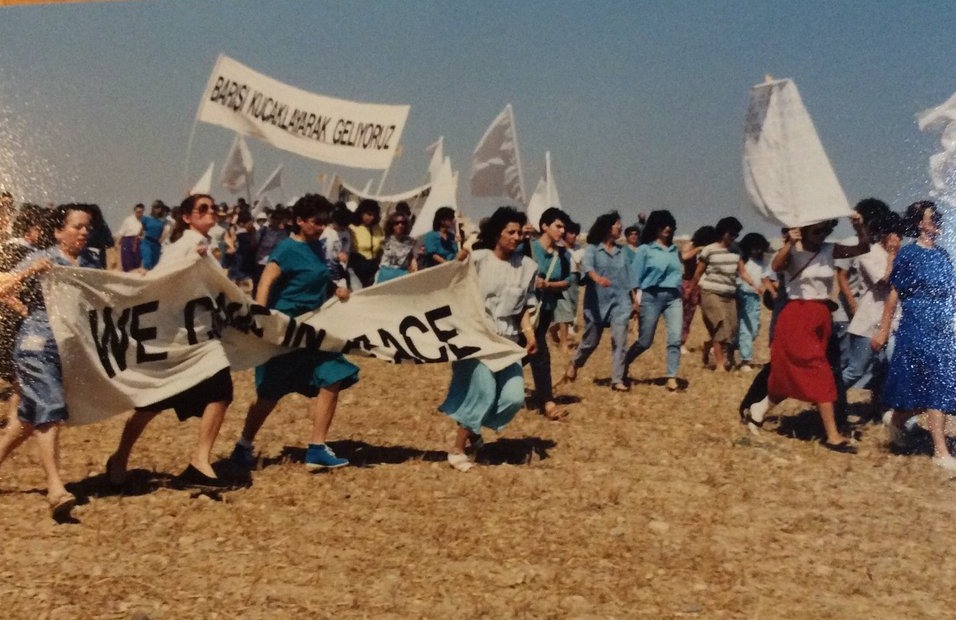
Dr Magdalena Zira (BA Classics Oxford University, MA Text and Performance Studies King’s College London, MFA Drama UC Irvine, PhD Classics King’s College London) is a Cyprus-based theatre director and scholar of the reception of Greek drama. Her doctoral thesis examines the problem of the chorus in contemporary performance of Greek tragedy. She has directed over thirty theatre productions. She is artistic director of Fantastico Theatro and co-founder of Project SEASON Women.
Nedie Antoniades is an actress based in Cyprus. She is co-founder of Project SEASON Women. She studied acting at Emerson College (B.F.A in Acting - Magna Cum Laude).
She has worked extensively in theatre, film and television in Cyprus, Greece and the U.S. Project SEASON Women, founded in 2019, is a feminist theatre company based in Cyprus. It is also an interdisciplinary platform for a wide range of artistic projects and sidebar events with sociologists, academics and gender activists that examine women’s social status.
Through this platform we ask the following questions:
Which stories are we telling? Whose stories are we telling? What is a classic? What is universal? What is the dominant narrative that defines women’s role in society? Our goal is to create work containing new archetypes and role models, challenging patriarchal notions of gender, and using a different lens through which to interpret stories that have defined our collective cultural identity. We believe that the stories we tell shape the world we live in.
The project’s areas of focus include new writing by women, adaptations of classics by female artists, interdisciplinary collaborations, and the collection of untold women’s stories in order to create new work.
Dr. Argyro Nicolaou
Ramblings of a Lost Hometown
I saw my mother’s childhood home for the first time in October 2020, in a photo posted online by a Turkish Cypriot newspaper. A lifetime of searching for an image of her house came to an abrupt, and dispiriting, end. My mother is from the town of Varosha, in Famagusta, Cyprus, the so-called “ghost city” that had been cordoned off since the Turkish invasion in 1974—which followed the Greek junta-backed coup d’etat on the island—ended in the occupation of close to 30% of the island’s territory by Turkey and the mass displacement of more than 200,000 Cypriots across ethnic lines. On Thursday October 8th, 2020, Turkey opened a part of Varosha to pedestrians and beachgoers, in violation of two UN Security Council resolutions, causing outrage among both the Greek and Turkish Cypriot communities and their respective political leaderships.
On October 14th, 2020, my mother and I embarked on a pilgrimage to Varosi, where she walked around her hometown for the first time in 47 years, with myself closely following her around with a camera and a microphone, physically visiting the places I had mentally constructed through the fragments of her memories throughout my 30-year-old life. My short presentation will comprise of video and text based on my experience from that day and will explore the relationship between walking and knowing; ramblings and memory; recording and recollecting; as well as the ways in which physical presence can act as a ‘supplement’ for intergenerational narratives: simultaneously taking away from their force as well as enhancing them.
Keywords: Famagusta, rambling, memory, intergenerational narrative
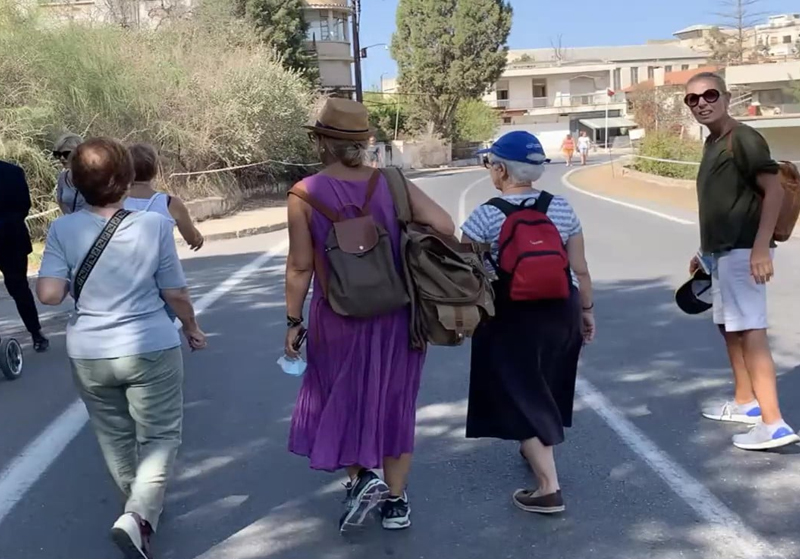
Dr. Argyro Nicolaou is a NYC-based filmmaker, writer, and scholar. Her writing has been published in the American Historical Review, Boston Art Review, MoMA post, and EUObserver; and her short films have screened at festivals and exhibitions in the US and Europe. She is currently at work on Knowing Displacement, a book manuscript on the representation of Mediterranean displacements in literature, film, and visual art. Research for her book has been supported by numerous fellowships from Princeton and Harvard University, where she received a Ph.D. in Comparative Literature and Critical Media Practice in 2018. Argyro’s media practice is similarly concerned with the representation of memory, conflict, and migration in the Mediterranean. She uses historical research, narrative and video to excavate underrepresented modes of being and knowing, including politics and art-making in ‘small’ and ‘unimportant’ parts of the world, like her native island of Cyprus. Argyro is currently a Lecturer at the Princeton Institute for International and Regional Studies.
Dr. Gabriel Koureas
Panel and Roundtable Co-ordinator
Dr. Gabriel Koureas is Research Fellow at the Department of History of Art, Birkbeck, University of London and Assistant Professor at the Department of Fine Arts at the Cyprus University of Technology. His research concentrates on the memory and representation of conflict in the twentieth and twenty-first centuries. He recently completed two AHRC networking grants: ‘Ottoman Pasts, Present Cities: Cosmopolitanism and Transcultural Memories’ and ‘Terrorist Transgressions: Gendered Representations of the Terrorist’, which resulted in the coedited volume: S. Malvern and G. Koureas (eds.), Terrorist Transgressions: Gendered Representations of the Terrorist (London: IB Tauris, 2014). His other publications include works on the commemoration of the First World War, art and the senses, and the visual culture of colonial wars of independence. He served as member of the steering committee of the Centre for Cultural Memory, School of Advanced Studies, University of London. He was born and brought up in the divided city of Nicosia, Cyprus, and he just published a co-edited volume on Contemporary art From Cyprus: Politics Identities and cultures Across Borders (Bloomsbury 2021).
Next Project
The Long Walk

